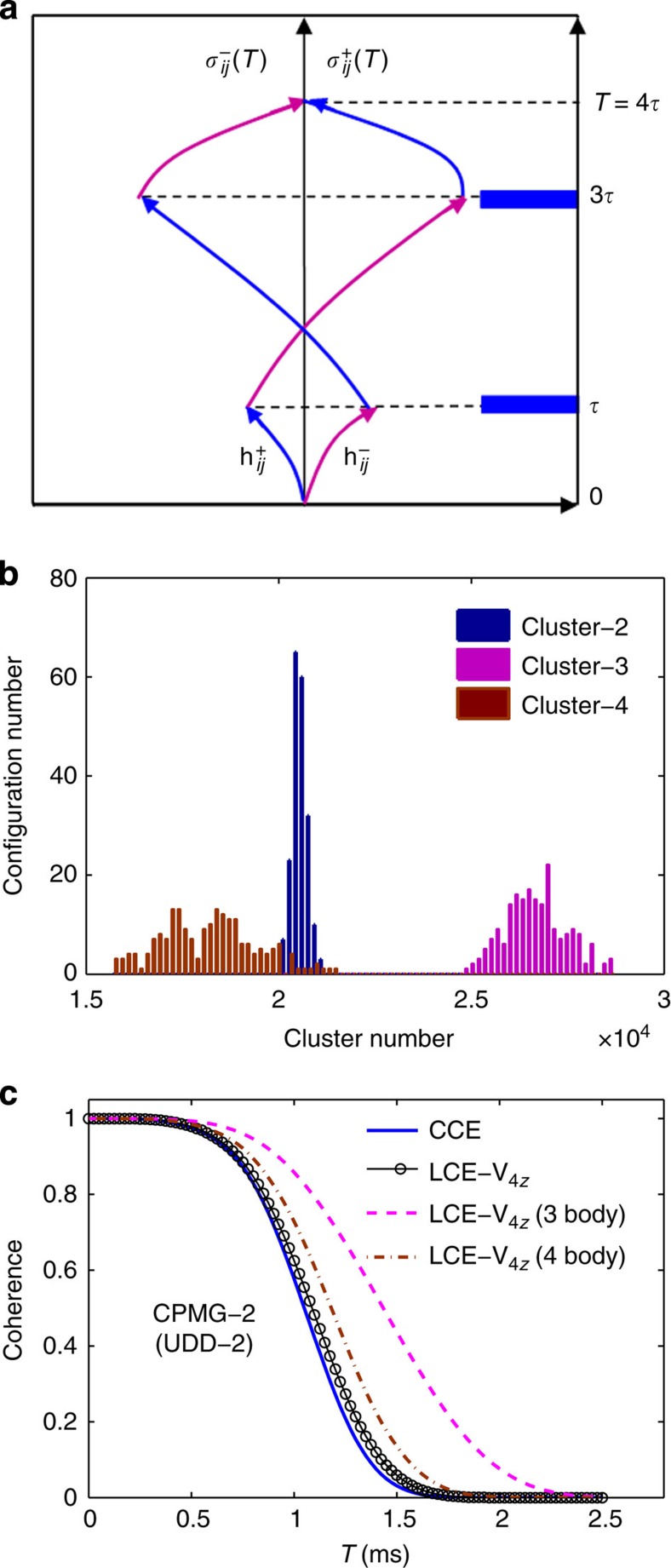Figure 3. Contributions of three-body and four-body correlations to the central spin decoherence under CPMG-2 control.
(a) Schematics of bifurcated pseudospin evolutions conditioned on the
central spin state under CPMG-2 (or UDD-2) control. The conjugate
pseudospins  (corresponding to the central
spin in the state |±›) describe the dynamics of two-spin
correlations. The more the trajectories are separated, the greater the
central spin decoherence. The conjugate pseudospins exchange their
pseudofields
(corresponding to the central
spin in the state |±›) describe the dynamics of two-spin
correlations. The more the trajectories are separated, the greater the
central spin decoherence. The conjugate pseudospins exchange their
pseudofields  at time
t=τ, 3τ when the central spin
is flipped by a π-pulse. Without the diagonal interaction
renormalization, the conjugate trajectories are symmetric and coincide at
time T in the leading order of the evolution time, leading to
cancellation of decoherence. (b) Histogram of the number of nuclear
spin clusters (with inter-nuclei distances <1 nm) in 200
different bath configurations. (c) Decomposition of the
LCE-V4z term into three-body and four-body
correlations (see Fig. 1a) for CPMG-2 (or UDD-2)
control of the central spin. The magnetic field was
B=0.3 T applied along the [110] lattice direction.
at time
t=τ, 3τ when the central spin
is flipped by a π-pulse. Without the diagonal interaction
renormalization, the conjugate trajectories are symmetric and coincide at
time T in the leading order of the evolution time, leading to
cancellation of decoherence. (b) Histogram of the number of nuclear
spin clusters (with inter-nuclei distances <1 nm) in 200
different bath configurations. (c) Decomposition of the
LCE-V4z term into three-body and four-body
correlations (see Fig. 1a) for CPMG-2 (or UDD-2)
control of the central spin. The magnetic field was
B=0.3 T applied along the [110] lattice direction.

